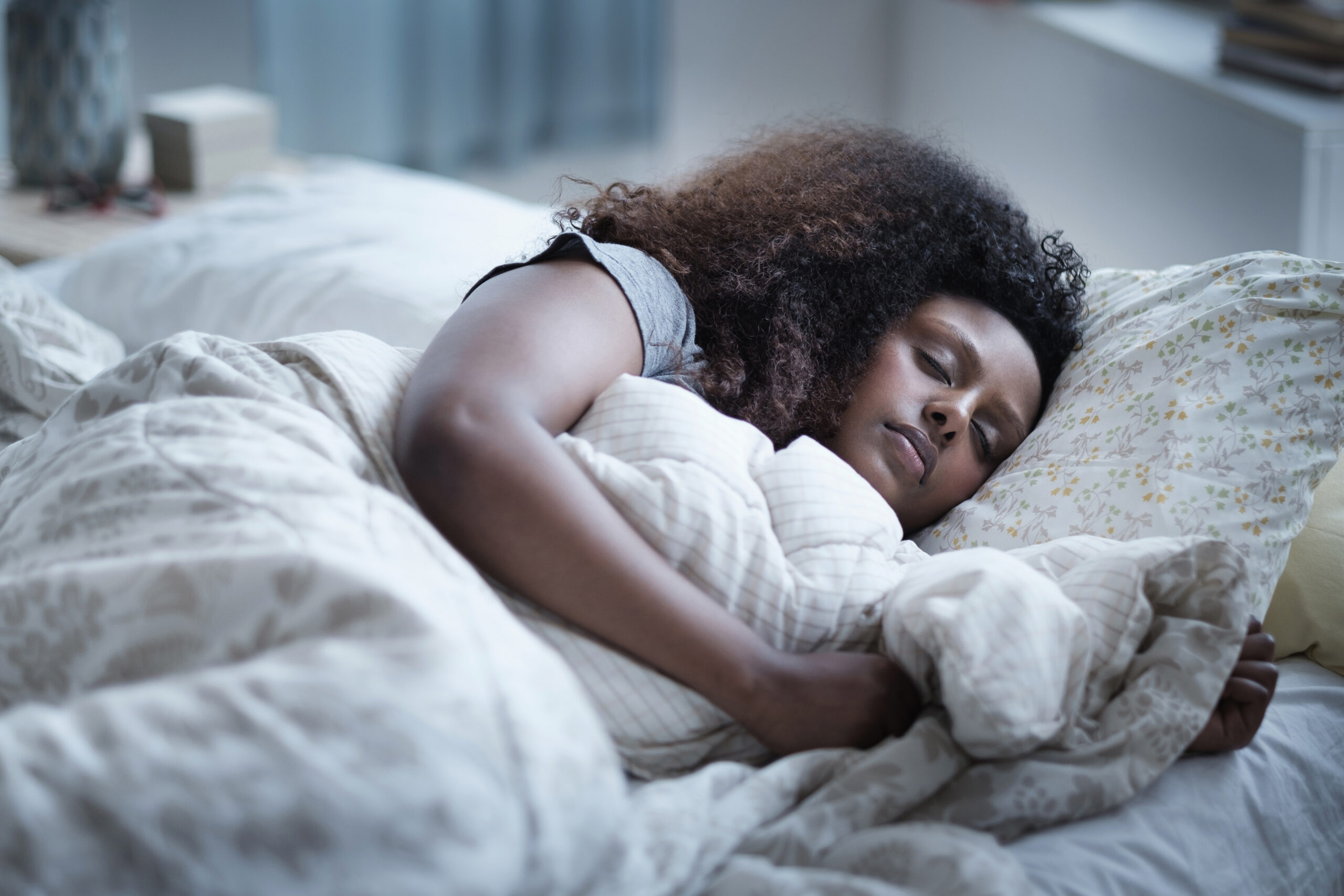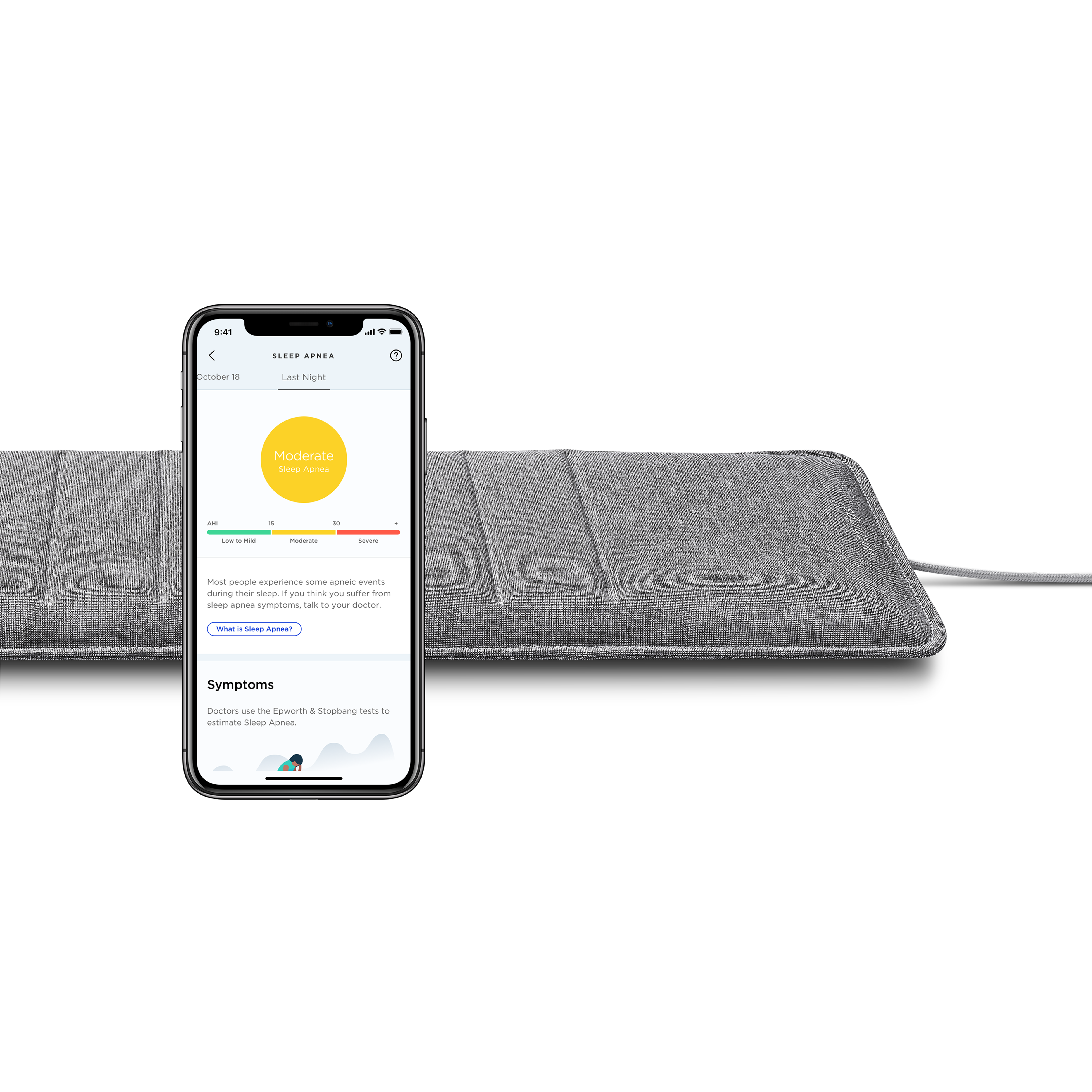
Winter is coming… so read on to find out how Mother Nature could be influencing your sleep habits, and how to be prepared for anything she may throw your way.
There’s nothing like the palpable sense of change that comes with the turn of each season. From the first breeze crisp enough to call for a pumpkin spice latte, to the first event-canceling blizzard—it’s enough to get the heart pumping with anticipation.
During these times of change, you may feel different too. Maybe it’s your mood, your energy levels, or just your overall well-being. Have you ever wondered why this is? The answer is sleep. More specifically, how the autumn and winter seasons affect our sleep in both quality and duration.
Fall for Autumn Sleep Hacks
Fall foliage signals the end of longer, hotter days. Jack-O-Lanterns, hot cider, flannel—for most, this will mean better sleep, and not just because of the cozy aesthetic. Then why? It’s simply because ambient temperature greatly affects the quality of sleep, and there is even an optimal temperature for getting the best sleep possible. For the average adult, it’s about 65 degrees F. Our body’s internal temperature actually lowers as we approach night time, leading us to feel tired, and rises again as the sun comes up, guiding us to wake up. The cooler weather reinforces these instinctive rhythms. A cool room can also boost levels of melatonin, a sleep encouraging hormone, and has even been shown to help people lose weight by promoting passive calorie burning.
Seems like fall is the perfect time to get some rest, right? Almost, but there is one thing to look out for. Shorter days and earlier sunsets, along with the subsequent decreased exposure to light can make us feel sluggish and tired during the day.
Dr. Chris Winter M.D., a renowned sleep doctor and host of the Sleep Unplugged podcast told us the lack of light requires a certain amount of diligence to counteract its effects:
“I’ve noticed that the biggest challenge my patients face is low energy levels resulting from diminishing light levels during the day. Working to increase light exposure during the day and using technology to make sure that your exercise continues to happen at an appropriate level is essential for great sleep in the fall. You can have your pumpkin-spiced drink after you get back from your spin class.”
And if you think you can get cozy with the idea of gaining an hour of sleep when we “fall back” don’t because daylight savings time will not actually result in a longer night’s sleep for the majority of people. In fact, most of us will wake up earlier than normal in accordance with our body’s internal clock, which could cut down on total hours asleep for the days or even weeks after the shift.
Dr. Winter told us that the DST change is “like a trip that sends you to an adjacent time zone…a flight from NYC to Chicago. For the average individual, it takes about 24 hours to adjust, but if steps are not effective, the adjustment can be prolonged.”
You can counteract these negative effects by taking Dr. Winter’s advice to exercise and by getting out into the sunlight as early as you can after you wake up, and by working consistent outdoor time into your daily routine. Light exposure promotes the release of important hormones like cortisol and serotonin that drive energy and wakefulness, and yup, Dr. Winter told us “steps need to be taken to elongate the light exposure period.”

Combatting Winter Sleep Woes
As the temperatures begin to reach their lowest dropping points for the year, whether that’s 60 degrees or -20, we know winter has arrived. Despite the magic and decor of the holidays, this season is actually the worst for sleeping due to the shortest days. Early sunsets mean many people find themselves arriving to and leaving from the office in the dark. Not surprisingly, this can cause our brains to struggle to tell the difference between day and night. This confusion can even lead to a condition called Seasonal Affective Disorder (SAD). SAD is the most common in the winter and can lead to hypersomnia (oversleeping), feeling unmotivated, unusual cravings for sugar/carbs, and lack of interest in social activities.
Doing your best to maintain a steady sleep routine is going to be the most crucial in the winter. We may not be able to control things like what time the sun rises, but we can make efforts to track our sleep and set up an environment that is the most conducive to a comfortable night of rest.
There are lots of tips on how to fend off SAD, and brighten up the winter months. These include trying light or aromatherapy, increasing intake of vitamin D through natural sources or supplements, finding a physical activity that makes you feel good, scheduling regular times to see friends, or even planning a vacation.
Life is crazy– with constant changes and challenges coming up throughout the year, we know it can be hard to get quality sleep. We hope this article helps you warm up to better nights and well-rested days.

